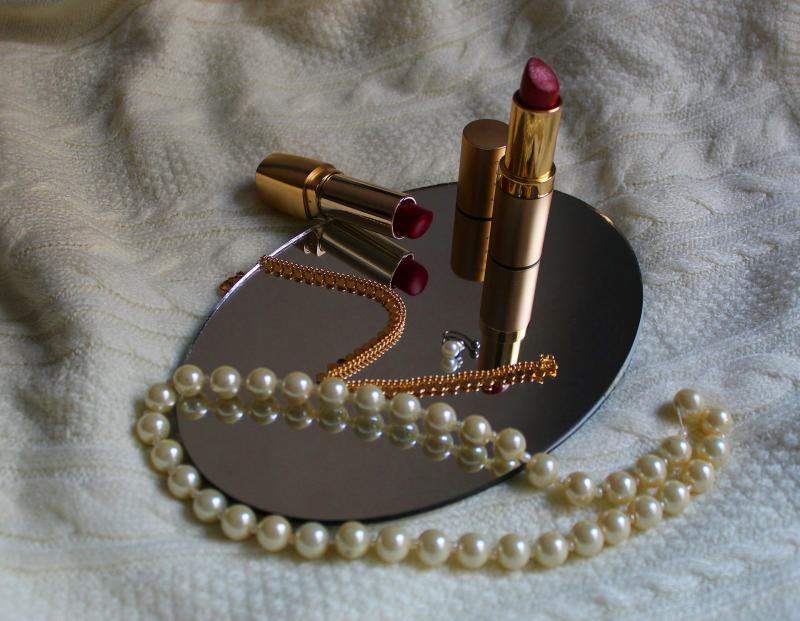Top Gemstone Jewelry Industry Trends

Demand triggers supply, except in cases where supply can dictate demand. But when demand tends to move in a certain direction, supply usually tends to adjust accordingly. So when it comes to predicting what the top industry trends are, you have to understand what the consumer wants first.
Understanding gemstone jewelry industry trends can help you shape your strategy. The trends in this industry have been influenced by technology, science, fashion, and cultural shifts.
Sustainability
People today know the cost of what they’re buying, and no, it’s not just about money. Where did the gemstone come from? Who mined it? How much were they paid? Consumers today are aware of the horrors of gemstone mining, and many want to make sure that they’re not part of the problem. Conflict diamonds, child labor, and environmental degradation are just the tip of the iceberg.
So, how are brands reacting to this? Well, many of them are getting on board with transparent supply chains and sourcing conflict-free gemstones. Kimberley Process (diamonds) and Fairmined certifications (gemstones) are becoming increasingly wanted. Brands are using blockchain ledgers to give customers comprehensive knowledge about the origin and journey of their jewelry.
Apart from just gemstones, it’s also about packaging and what brands today are committed to doing. Adopting eco-friendly packaging solutions is the bare minimum. Think recycled paper, cardboard and even cotton. Many consumers are focused on the carbon footprint of companies, and that impacts buying decisions too.
Lab-Made Gemstones
Come across engagement rings made from lab-grown diamonds? These gemstones are created in a controlled environment with the same physical, chemical and optical properties of their natural counterparts. Lab-grown diamonds, sapphires, and rubies are becoming common due to their affordability, ethical production and environmental impact.
Customers are gravitating towards lab-grown gemstones for their transparency. It also gives them the ability to own larger and higher quality gemstones at a fraction of the price (compared to natural gemstones). The fashion industry’s embrace of gemstones has also helped destigmatize and position them as a stylish and sustainable choice.
Men’s Jewelry
Men’s fashion has been seeing significant growth this year, and it has also led to a rise in men’s jewelry. Men have embraced jewelry as a way of self-expression and style, and is seen in the popularity of rings, bracelets, necklaces and cufflinks adorned with gemstones.
These designs often feature bold and rugged aesthetics, incorporating darker gemstones such as black diamonds, onyx, and sapphire. The expanding market is encouraging jewelers to innovate and create versatile pieces that cater to this evolving taste.
Colorful Gemstones
What’s life without a bit of color? Clearly, this is the sentiment that customers today also have. The burst of colorful gemstones in the market is a transparent testament to that. Vibrant and unique stones like sapphires, moonstones, amethysts and opals are all the rage, and for a good reason too. People want to show who they are, and colorful jewelry is the perfect way to show that.
And the jewelers haven’t backed off from this challenge either – they are experimenting now more than ever. Eye-catching and statement-making pieces are found all over, and this is thanks to both the customers and jewelers.
Minimalist Designs
Whether it’s the Gen Z or millennial segments of society, modern consumers now increasingly appreciate simplicity and elegance. These designs often feature clean lines, geometric shapes and focus on the natural beauty of the gemstone itself. The use of smaller, delicate gemstones set in minimalist settings allows for versatile pieces that can be worn every day.
This trend also aligns with broader shifts towards minimalism in fashion and lifestyle, where consumers are opting for quality over quantity.
Technology Integration
You might just be using ChatGPT for work – but artificial intelligence can definitely do a lot more than that. It is evolving the way customers look at, interact with, and buy jewels. And by extension jewelry. Virtual try-ons, AR apps, and online customization AI chatbots are what’s driving this change. You could even go on a website today and see in real time what a piece of jewelry would look like on you!
Needless to say, social media and commerce websites are also what’s really propelling this change. Brands today can use social media to reach more people, show off their collections and offer customized services to their customers.
Alternative Metals
Ever had french fries and ice cream? It’s a combination that doesn’t seem desirable, but once you try it, you get what the hype is about. It’s something like that with alternative metals, too. Nobody would think that titanium or tungsten are good jewelry options, but once you see it, you understand it.
Along with traditional precious metals like gold and platinum, there is a growing interest in alternative metals and materials in gemstone jewelry. Metals such as titanium, tungsten, and recycled materials are gaining a lot of attention. Their durability, affordability, and unique aesthetics also make them stand out.
Understanding What People Desire
There are always going to be changes, but that’s what makes the gemstone industry so interesting and so vibrant. People will always want new things, and demand will end up making changes to what’s being supplied. At the end of the day, this industry is very much driven by human wants and needs, and understanding how trends can impact the industry as a whole is critical. There’s no way to really guess how trends can change in the coming years, but it’s easy to understand where the industry is headed by looking at the trends today.









Comments